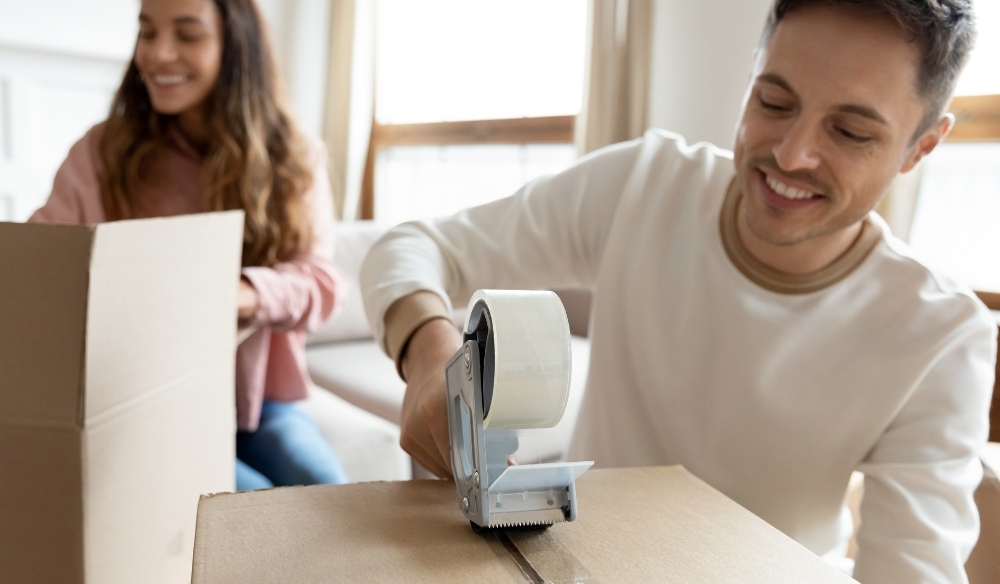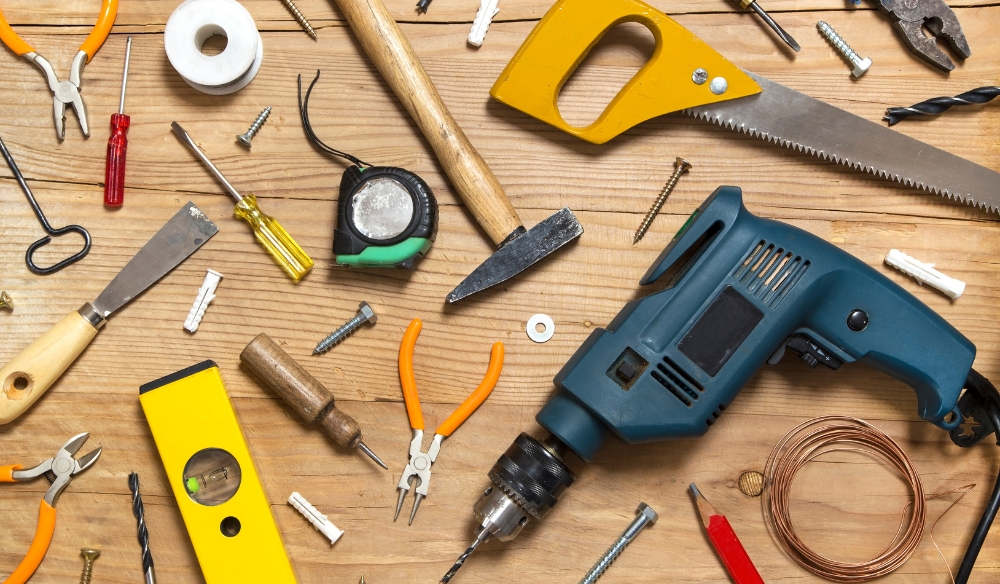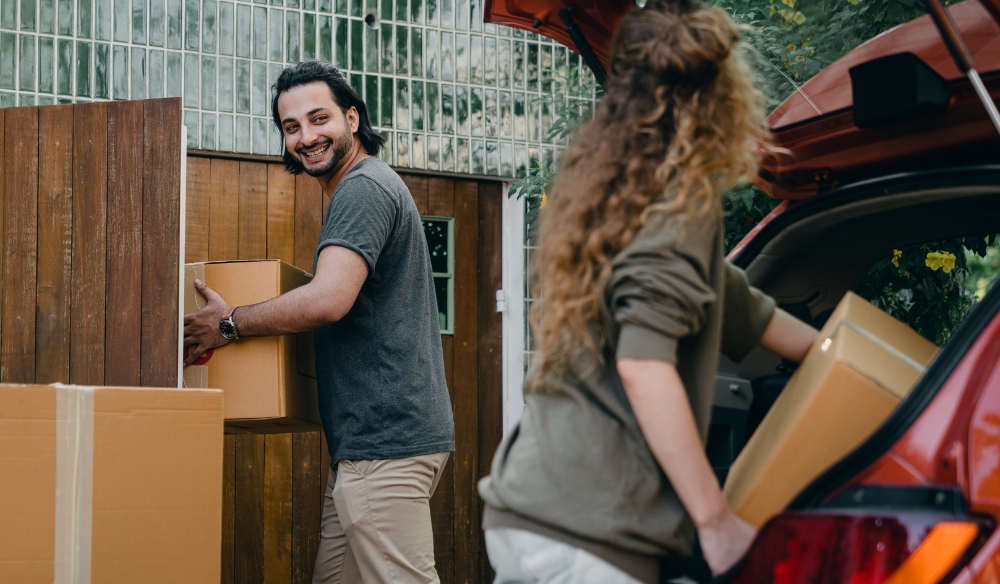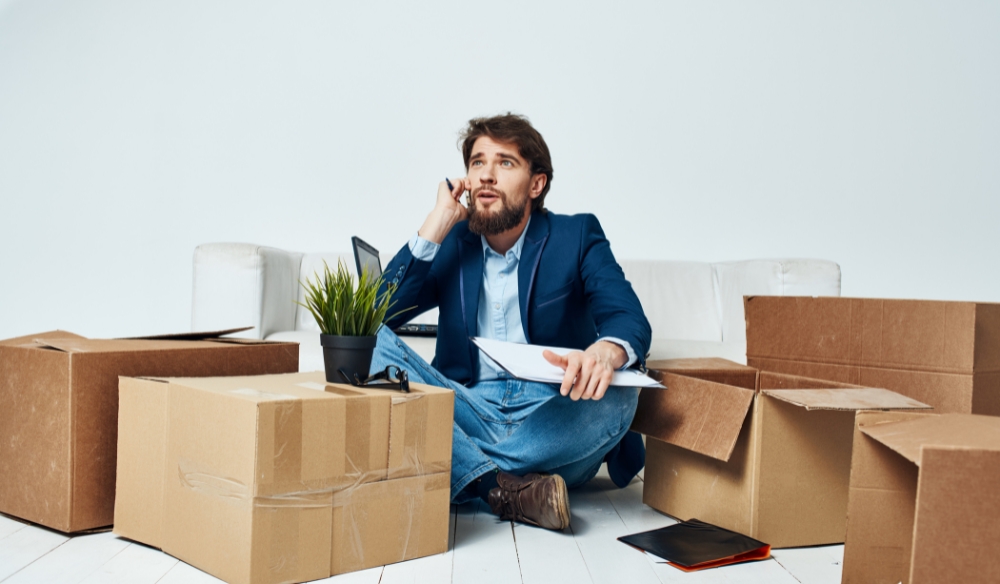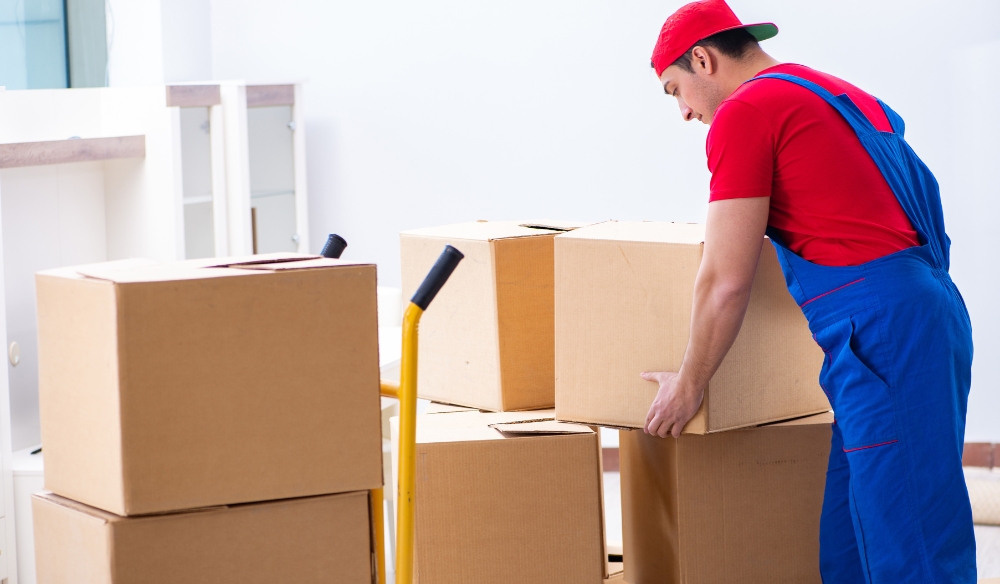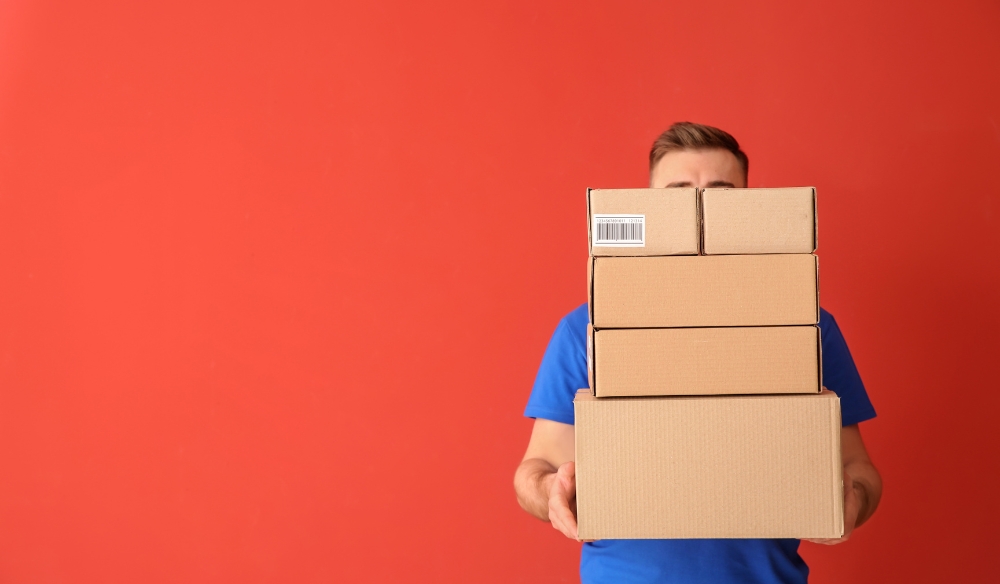Moving homes can often feel like a daunting task, especially when it comes to packing up your life into boxes. We’ve been there too! Research tells us that an estimated 14% of Australians move every year, and the process is rarely stress-free.
Our article offers a treasure trove of DIY packing hacks designed to simplify your self-pack move and make it efficient. Get ready to make moving enjoyable with these innovative tips and techniques!
Key Takeaways
- Determine if you want to do the move yourself or hire professionals, weighing the advantages and disadvantages of both options.
- Create a moving checklist to stay organised and prioritise tasks during the packing process.
- Set a budget to manage your finances effectively and make informed decisions throughout the move.
- Plan your packing supplies in advance to ensure you have everything you need and avoid last-minute scrambling.
- Declutter unnecessary items before packing to save time and make the moving process more efficient.
- Set up a dedicated packing station with all necessary supplies within reach for an organised self-pack move.
- Utilise linens, towels, and suitcases as creative packing materials to save money on bubble wrap and protect fragile items.
- Colour-code boxes and label each one with the destination room for easy unpacking at your new home.
- Use plastic bags from grocery stores or liquor store boxes specifically for shoes to keep them organised during transport.
- Properly wrap fragile items and electronics before packing them away to prevent any damages during the move.
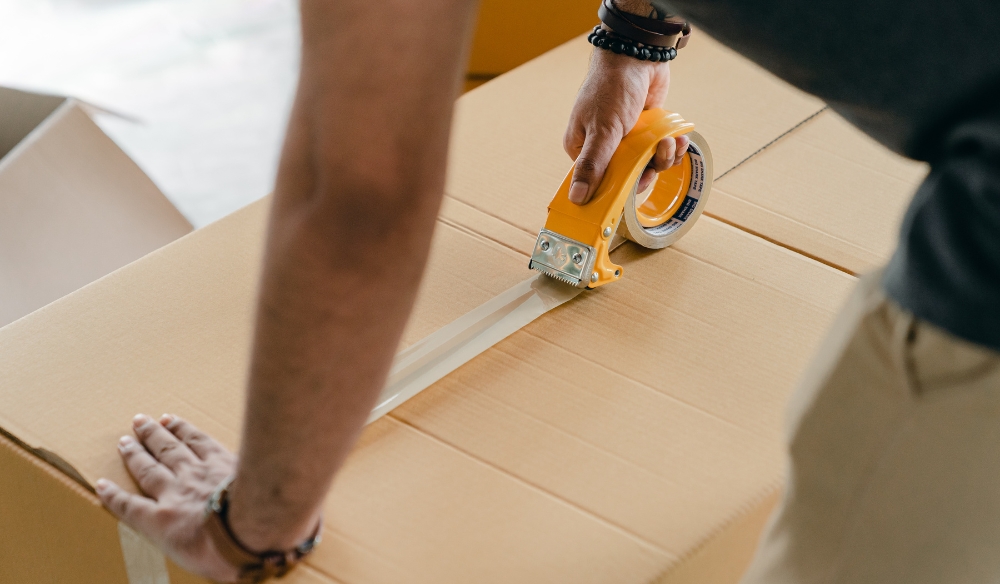
Prepare for the Move
Prepare for the move by deciding whether to do it yourself or hire professionals, creating a moving checklist, setting a budget, planning packing supplies, and decluttering unnecessary items.
Determine if you will do it yourself
or hire professionals
We understand that moving can be quite a challenge. You’ve got two options: either do it yourself or hire professionals. Both have their advantages and disadvantages. If you’re the hands-on type, ready for an adventure and want to save money, the DIY route might be your best bet.
It lets you have complete control over every single part of your move which can be reassuring for some people. On the other hand, if you are pressed for time, hiring professional movers helps ensure everything is taken care of efficiently and effectively without lifting a finger – this peace of mind could be well worth the additional cost! Plus, experts know how to handle fragile items to lessen any possible damages during transport.
The choice ultimately lies with what’s most practical and comfortable for your situation.
Create a moving checklist
To ensure a smooth and organised move, it’s essential to create a moving checklist. This will help you stay on track and keep everything in order during the packing process. Start by listing all the tasks that need to be completed before the moving day, such as notifying utility companies, forwarding mail, and changing your address.
Break down these tasks into smaller, manageable steps so you can tackle them one at a time.
By having a comprehensive checklist, you’ll have peace of mind knowing that nothing is forgotten or overlooked. It also allows you to prioritise tasks based on their importance or urgency.
Remember to include deadlines for each task to keep yourself accountable and ensure everything gets done in a timely manner. Keep your checklist handy throughout the entire moving process as it will serve as your guide and reference point.
Set a budget
When it comes to planning a self-pack move, one of the most important things to consider is setting a budget. Having a clear understanding of your financial limits will help you make informed decisions throughout the moving process.
By determining how much you’re willing to spend on packing supplies, hiring services if needed, and any unexpected expenses that may arise, you can better manage your finances and avoid overspending.
It’s also important to keep in mind that DIY moves often allow for cost savings compared to hiring professionals, but it’s still crucial to have a realistic budget in place.
Plan packing supplies
To ensure a smooth and efficient self-pack move, it’s important to plan your packing supplies ahead of time. Take inventory of the items you’ll be moving, including their size and fragility, so you can determine what type of packing materials you’ll need.
This might include sturdy boxes in various sizes, bubble wrap or packing paper for fragile items, tape to secure the boxes, and markers for labelling. It’s also a good idea to have extra supplies on hand in case you run out during the packing process.
By planning your packaging supplies in advance, you can avoid last-minute scrambling and make sure you have everything you need to protect your belongings during the move.
Declutter and get rid of unnecessary
items
Before you start packing for your self-pack move, it’s important to declutter and get rid of unnecessary items. Sorting through your belongings can help you minimise the number of things you need to pack and ultimately make the moving process easier.
Take some time to go through each room and decide what items are essential and what no longer serve a purpose in your life. You can donate, sell, or even recycle these items to lighten your load.
By decluttering beforehand, you’ll save time packing and unpacking at your new home, making your move more efficient overall.
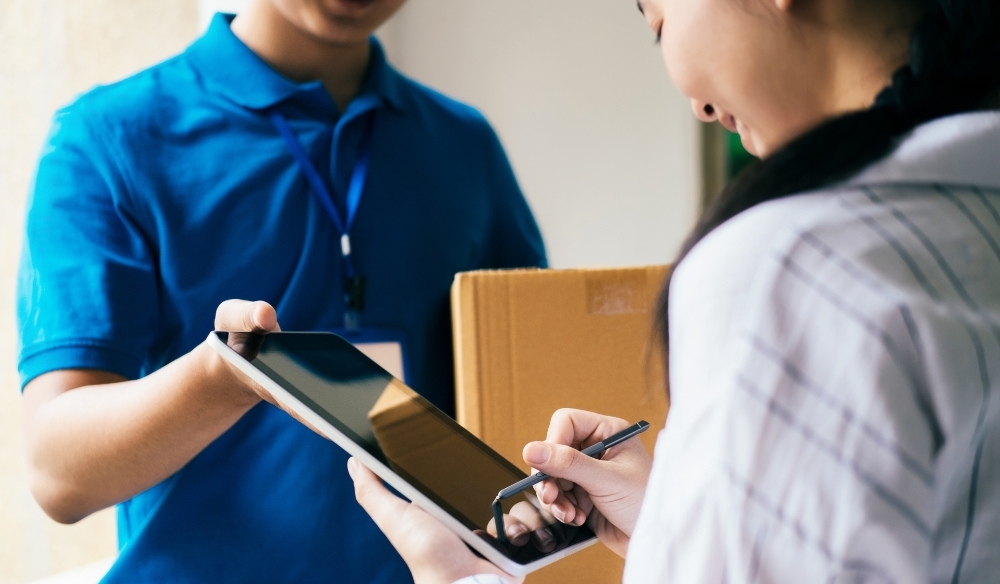
Packing Tips and Hacks
Set up a dedicated packing station with all the necessary supplies within reach. Utilise linens, towels, and suitcases as creative packing materials to save money on bubble wrap and packing peanuts.
Colour-code your boxes and label each one with the destination room to make unpacking a breeze. Use plastic bags from grocery stores or liquor store boxes specifically for shoes to keep them organised and protected during the move.
Ensure fragile items and electronics are properly wrapped and protected before packing them away.
Set up a packing station
We highly recommend setting up a dedicated packing station to streamline your self-pack move. Having a designated area for packing will help keep everything organised and efficient.
Find a space in your home where you can spread out and have easy access to all your packing supplies. This could be a spare room, the dining table, or even just a corner of the living room.
Make sure to gather all the necessary materials like boxes, tape, markers, bubble wrap, and scissors or box cutters. By centralising your packing efforts in one location, you’ll save time and energy searching for supplies throughout the house.
Utilise linens, towels, and suitcases
for packing
When it comes to packing for your self-pack move, don’t overlook the potential of using linens, towels, and suitcases as versatile packing materials. Not only can you save money on bubble wrap and packing peanuts, but you’ll also be able to maximise your space and protect fragile items.
Use towels or blankets to wrap delicate objects like glassware or artwork, providing an extra layer of cushioning during transit. As for linens and clothing, you can use them as padding between items in boxes or fill up empty spaces to prevent shifting.
Additionally, utilise suitcases by filling them with clothes and other lightweight items that won’t easily break. By thinking outside the box (or suitcase), you’ll make the most out of what you already have while ensuring a smoother move.
Color-code boxes and label
destination rooms
We highly recommend colour-coding your moving boxes and labelling them with the destination rooms. This simple yet effective packing hack will save you a lot of time and stress during the unpacking process.
By assigning each room a different colour, you can easily identify where each box should go in your new home. For example, use blue for the living room, red for the kitchen, green for the bedroom, and so on.
Not only will this help you stay organised, but it will also make it easier for any movers or friends helping you move to know exactly where each box belongs. So grab some coloured markers or stickers and start labelling those boxes!
Use plastic bags and liquor store
boxes for shoes
When packing for a self-pack move, it’s important to find creative and efficient ways to pack your shoes. One great hack is to use plastic bags and liquor store boxes. Plastic bags can be used to protect individual pairs of shoes from getting scuffed or dirty during the move.
Simply place each pair in a separate bag before placing them in a box.
Liquor store boxes are also perfect for shoe storage during a move. These boxes are sturdy and typically have compartments already built-in, making them ideal for keeping your shoes organised and protected.
You can easily slide each pair into its designated compartment, ensuring they stay in place throughout the journey.
Protect fragile items and electronics
When it comes to protecting fragile items and electronics during a move, there are a few simple steps you can take to ensure they arrive at your new home safely. Start by wrapping each fragile item individually in bubble wrap or packing paper.
Secure the wrap with tape to prevent shifting. For extra protection, consider using clothing or towels as cushioning around delicate items. When packing electronics, remove any batteries and disconnect cords.
It’s also a good idea to pack them in their original boxes if possible, as they often come with built-in padding for added protection. Label these boxes clearly so that movers know to handle them with care.
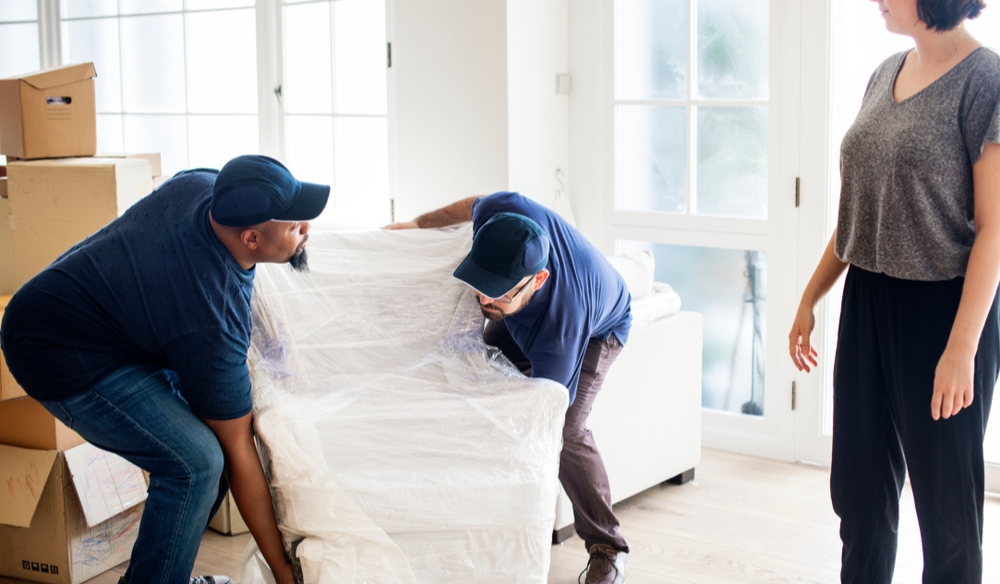
Packing Tips for Specific Rooms
- When packing the living room, start with larger items such as furniture and electronics, carefully wrapping them in protective materials.
- Use plastic wrap to secure cords and cables to prevent tangling during the move.
- Pack books vertically in small boxes to maximise space and prevent damage.
- In bedrooms, remove bedding first and use it to wrap delicate or breakable items before placing them into boxes.
- Keep clothing on hangers by using trash bags with a hole for the hanger hook – this makes unpacking quick and easy.
Tips for packing the living room
When it comes to packing your living room for a move, there are several tips that can help simplify the process. One of the first things you should do is declutter and get rid of any unnecessary items.
This will not only make packing easier, but it will also help create a fresh start in your new home. Another helpful tip is to pack fragile items, such as glassware and electronics, separately using bubble wrap or blankets for added protection.
Additionally, consider using ziplock bags to store small loose parts or cords from electronics so they don’t get lost during transit. Finally, be sure to label each box with its contents and designated room in order to easily locate items when unpacking.
Tips for packing the bedroom
When packing the bedroom for your move, there are a few tips that can make the process easier and more organised. Start by decluttering and getting rid of any items you no longer need or use.
This will not only help reduce the amount of stuff you have to pack but also ensure that you’re only bringing what’s necessary to your new home.
Next, focus on organising your clothes and linens. Instead of folding each item individually, try using vacuum-sealed bags or large plastic storage bins to save space and keep everything protected during transit.
You can also utilise suitcases as additional storage for clothing and other lightweight items.
When it comes to packing fragile items in the bedroom, such as mirrors or picture frames, be sure to protect them properly with bubble wrap or soft blankets. Place them in sturdy boxes labelled “fragile” so that movers know to handle them with care.
Tips for packing the kitchen
When it comes to packing the kitchen for your move, there are a few tips that can make the process easier and more efficient. Start by sorting through your kitchen items and decluttering any unnecessary or expired food items.
This will help you pack only what you truly need in your new home. When packing dishes and glassware, use bubble wrap or packing paper to protect them from breaking during transit.
Consider using tea towels or cloth napkins as cushioning between fragile items instead of purchasing extra packing materials. It’s also helpful to pack similar items together in boxes labelled with their contents, such as “pots and pans” or “baking supplies.” This will make unpacking and setting up your new kitchen much easier.
Tips for packing the dining room
and bathroom
When packing your dining room and bathroom for a move, there are several tips that can help make the process smoother. In the dining room, start by packing any fragile items such as glassware or china in bubble wrap or newspaper.
Use dividers to keep glasses separated and prevent them from clinking together during transit. Wrap larger serving dishes in towels or cloth napkins to protect them. When it comes to the bathroom, gather all toiletries and small items into a box or plastic bin.
Use Ziplock bags or cling wrap to keep bottles sealed and prevent spills. Pack towels, washcloths, and shower curtains in large garbage bags so they stay clean and can be easily identified when unpacking.
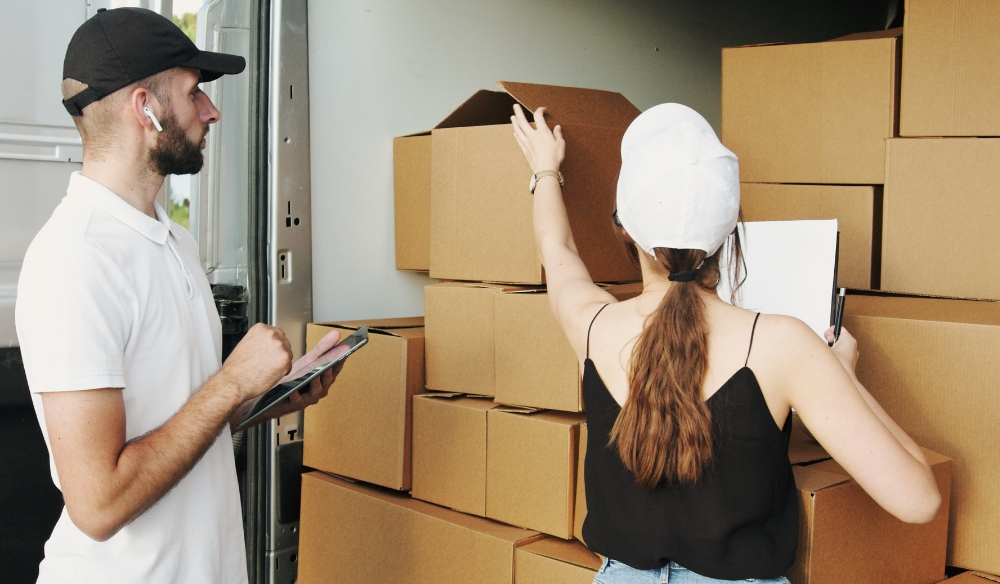
Moving Day Tips
Be prepared and packed the day before, dress comfortably, and have refreshments on hand to keep everyone energised.
Be prepared and packed the day before
We understand that moving day can be a hectic and stressful time, which is why it’s important to be prepared and packed the day before. By getting everything ready ahead of time, you’ll save yourself from last-minute scrambling and ensure a smoother transition to your new home.
One of the key factors in being prepared is having all your belongings packed and organised before the movers arrive. This means labeling boxes with their destination rooms, so they can be placed accordingly in your new home.
Make sure to pack essential items separately, so they’re easily accessible when you first arrive.
Have a plan for kids and pets
Moving can be a stressful experience for everyone, including kids and pets. It’s important to have a plan in place to ensure their safety and well-being during the move. One tip is to arrange for childcare or pet sitting on moving day so that you can focus on the task at hand without any distractions.
Another idea is to create a designated area in your home where your kids and pets can feel safe and comfortable while the movers are loading or unloading the truck. This could be a room with their favourite toys, bedding, and snacks.
Additionally, make sure to keep their routines as normal as possible during this time of transition, providing them with familiar items and plenty of attention throughout the process.
Dress appropriately and provide
refreshments
Once moving day arrives, it’s important to dress appropriately and provide refreshments for yourself and the movers. Wear comfortable clothing that allows you to move freely and won’t restrict your movement during the process.
Opt for closed-toe shoes with good traction to avoid any accidents or injuries. Additionally, keep in mind that moving can be physically demanding, so consider wearing layers as you may get hot or cold throughout the day.
To create a positive atmosphere, provide refreshments such as water bottles, energy drinks, and snacks for both yourself and the hardworking movers. Staying hydrated and fueled will help everyone stay energised and focused on the task at hand.
It’s a thoughtful gesture that shows appreciation for their efforts.
Supervise the movers and ensure
smooth transition
When it comes to overseeing the moving process, it’s important to supervise the movers and ensure a smooth transition from your old home to your new one. By keeping a close eye on things, you can make sure that all of your belongings are handled with care and loaded onto the truck properly.
Additionally, by being present during the move, you can address any questions or concerns that may arise along the way. This hands-on approach will help minimise any potential disruptions or issues during the relocation process and give you peace of mind knowing that everything is being handled efficiently.
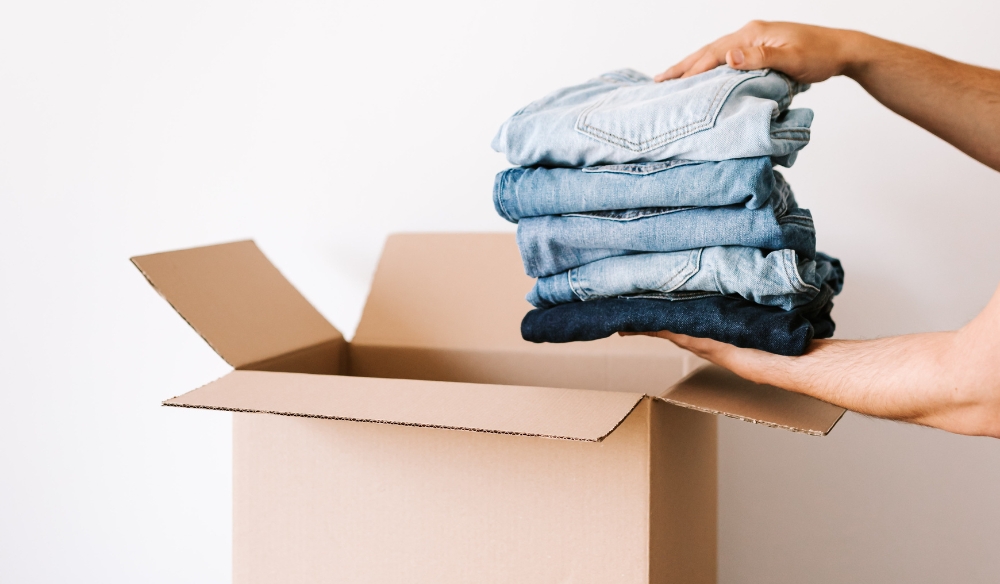
Unpacking and Settling In
Unpacking and settling in should be approached strategically to avoid feeling overwhelmed. Start by unpacking the essentials first, such as toiletries, bedding, and kitchen items. Focus on setting up your kitchen early on so that you can cook meals and feel at home.
Create deadlines for yourself to gradually unpack room by room, ensuring a smooth transition into your new space. Take breaks when needed and take the time to explore your new neighbourhood or surroundings to help settle in more quickly.
Unpack essentials first
When you arrive at your new home after a self-pack move, it’s important to prioritise unpacking essentials. These are the items that you will need immediately, such as toiletries, bedding, and kitchen supplies.
By unpacking these necessities first, you can quickly settle in and start feeling more at home. It’s also a good idea to set up your bed early on, so that you have a comfortable place to rest after a long day of moving.
Remember to label boxes clearly so that essential items are easily identifiable amidst the sea of cardboard. Unpacking essentials first will help make your transition smoother and less stressful.
Start with the kitchen
When it comes to unpacking and settling into your new home, starting with the kitchen is a smart move. The kitchen is often one of the most used and essential areas in a household, so getting it set up first will make your transition smoother.
Begin by unpacking essentials like plates, cups, utensils, and pots and pans. Then move on to organising your pantry items and placing them in their designated spots. Remember to label cabinets and drawers to avoid confusion later on.
By tackling the kitchen first, you’ll have everything you need to cook meals and feel more at home in no time.
Set deadlines and gradually unpack
We understand that after a move, the unpacking process can feel just as daunting as the packing itself. That’s why it’s important to set deadlines and gradually unpack your belongings.
By setting specific goals for each day or week, you can avoid feeling overwhelmed and stay on track. Start with unpacking the essentials first, such as bedding, toiletries, and kitchen essentials.
This way, you’ll have everything you need to settle in comfortably while tackling the rest of your boxes at a more relaxed pace. Remember to take breaks and explore your new home during this process – it’s all part of making your self-pack move easier and more efficient!
Take breaks and explore your new home
Once you’ve completed the stressful process of packing and moving, it’s important to give yourself some well-deserved breaks. Moving can be physically and mentally exhausting, so take the time to relax and explore your new home.
Whether it’s going for a walk around the neighbourhood, checking out nearby parks or attractions, or simply unpacking in a leisurely manner, taking breaks will help you recharge and reduce stress.
Exploring your new surroundings can also help you familiarise yourself with local amenities like grocery stores, restaurants, and shops. This way, when you’re fully settled in, you’ll already have an understanding of your surroundings.
Additionally, taking breaks allows you to assess any immediate changes or improvements that may be needed in your new space.
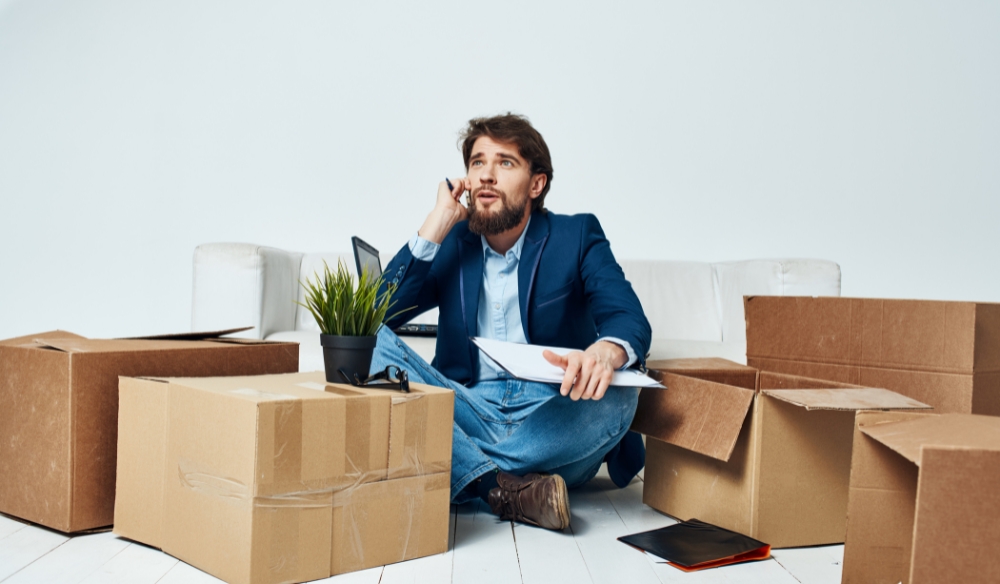
Choose Self-Pack Move Today
In conclusion, utilising DIY packing hacks can greatly simplify and streamline your self-pack move. By following these tips and tricks, you can save time, money, and reduce stress during the moving process.
From decluttering to colour-coding boxes and using everyday items for packing, these techniques will help make your move easier and more efficient. So embrace the DIY spirit and get ready to tackle your next move with confidence!

